Rate and Timing of P and K Fertilization in Corn-Soybean Rotations in Minnesota
Study author(s): Daniel Kaiser, University of Minnesota, Department of Soil, Water, and Climate
Years of study: 2011 – 2016
Location(s): Lamberton MN, Morris MN, Delavan MN, and St. Charles MN
Important: for the complete report, including all tables and figures, please download using the link(s) to the right.
summary
This report contains data from an ongoing research study. Medium testing P and K sites were selected to study the effect of timing of application and fertilizer rate in 2-year corn-soybean rotations. Corn and soybean yield was significantly increased by P and K at over the years. Yield responded to low rates of both nutrients at either location. Increase in soil test P and K varied by location and typically occurred more frequently within individual blocks within locations. It took less fertilizer P to increase soil P at Lamberton and the most to increase soil P at Saint Charles. However, greater rates of fertilizer could be removed at the previously mentioned sites in order to maintain soil test P. The amount of K needed to increase soil test also varied. However, sampling in the fall made it difficult to determine the effects of applying crop removal on change in soil test value.
The data has shown no direct evidence that application of all the P or K before either corn or soybean affects yields of either crop in the rotation. There has not been a significant yield advantage for using starter fertilizer as a substitute for broadcast P and any of the locations. Rate of fertilizer applied within a two-year rotation appears to be the most significant consideration within a fertilizer application program. The rate required for maximum economic yield and to maintain soil test values in the top six inches is less than the amount of P or K removed over the 2-years in a corn-soybean rotation.
